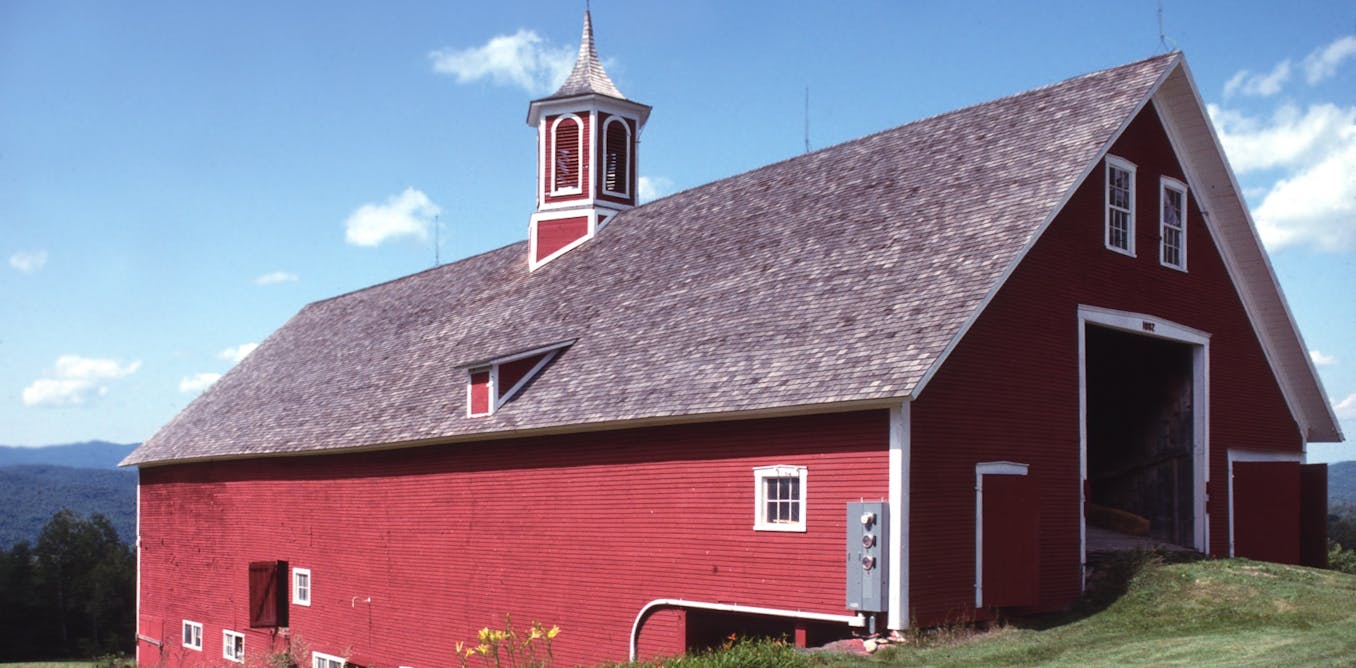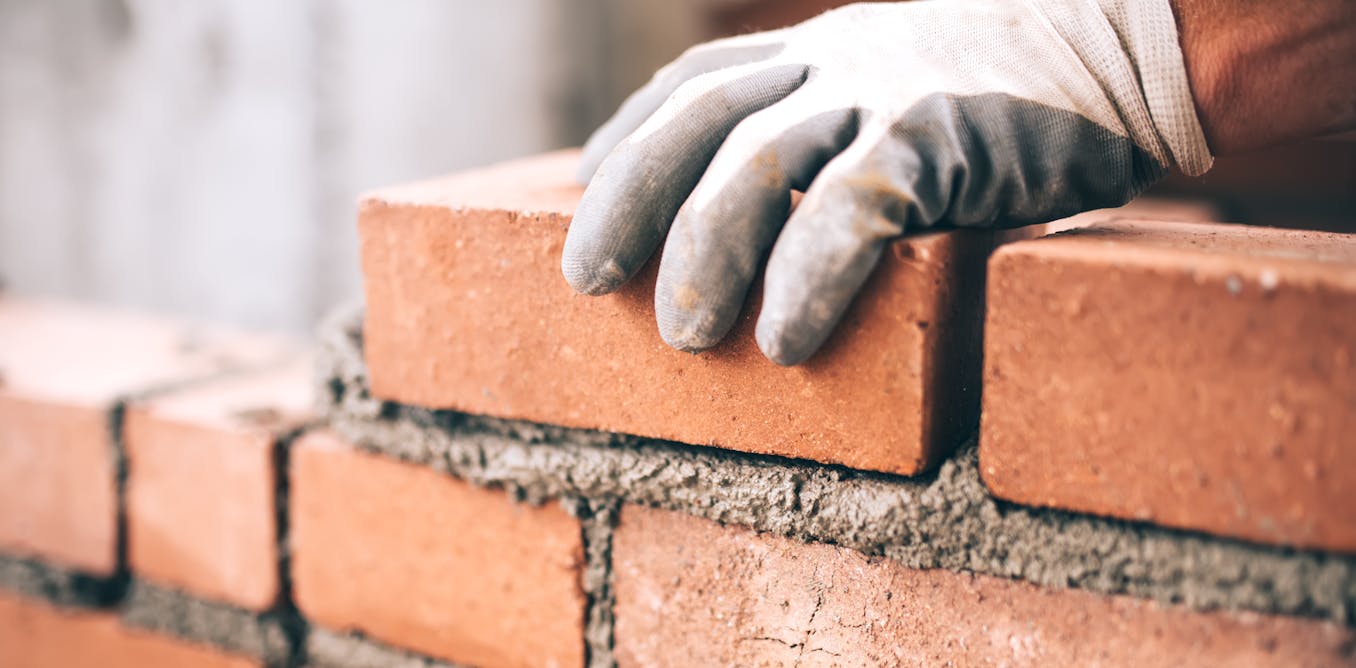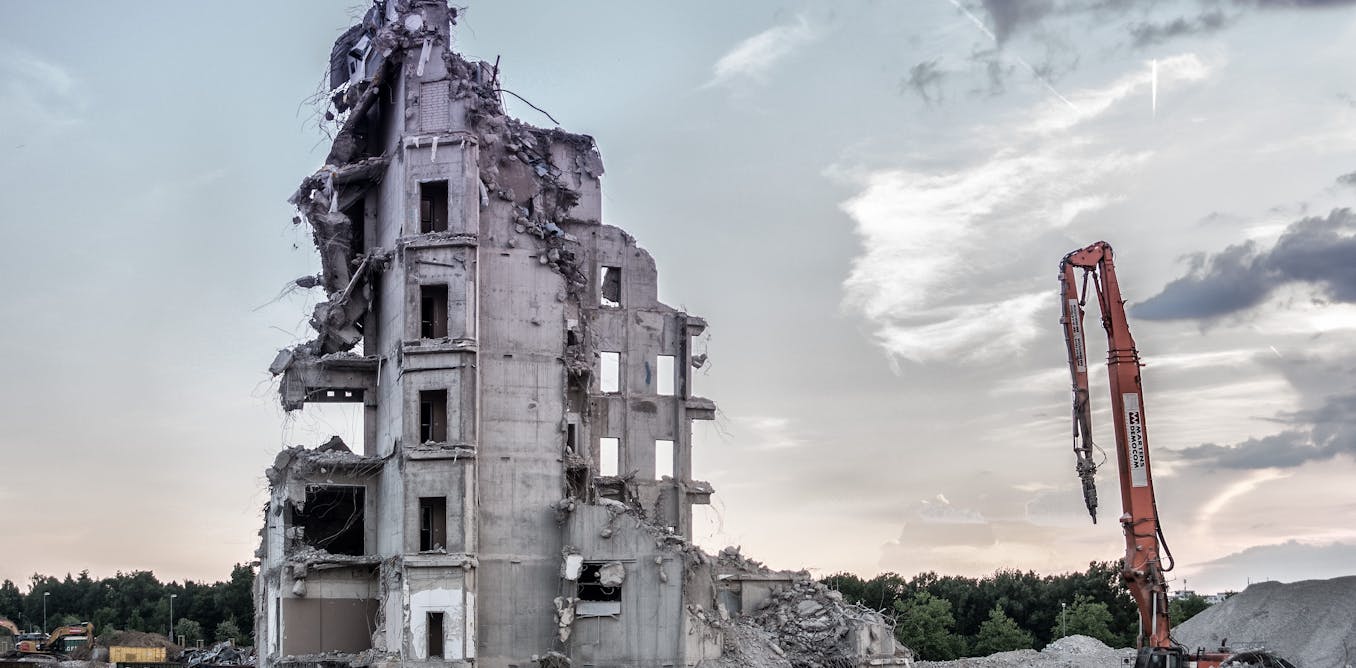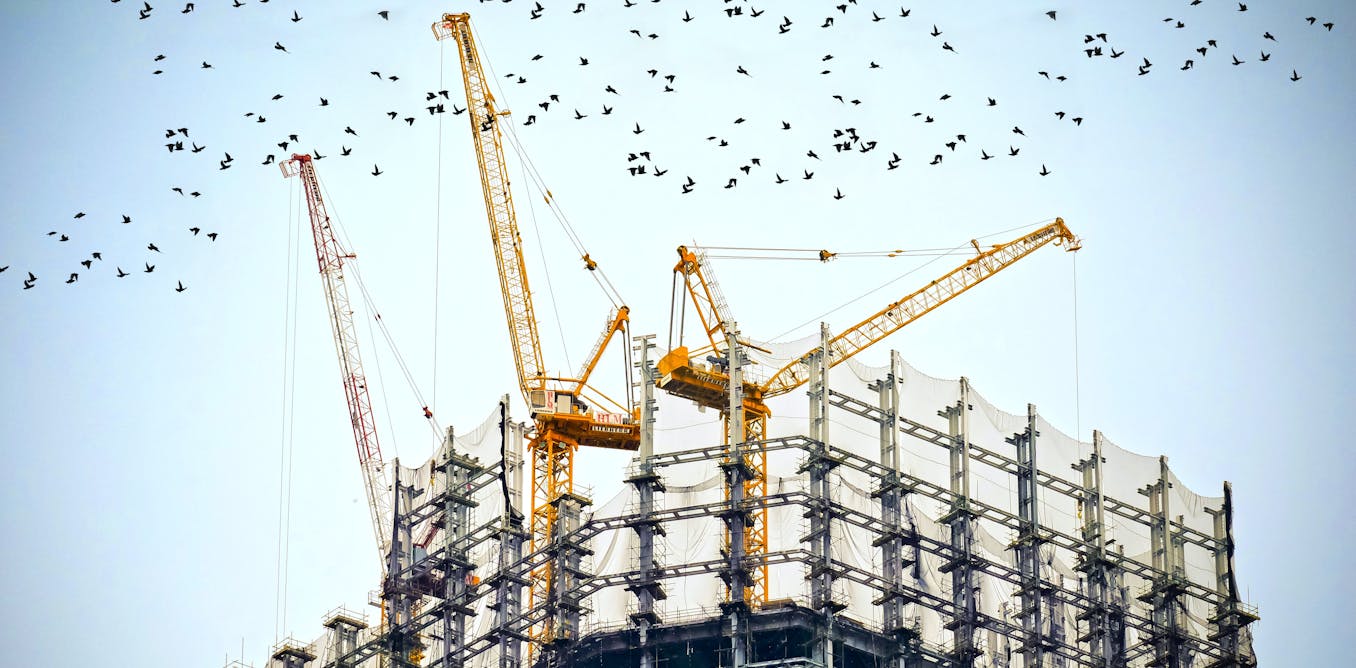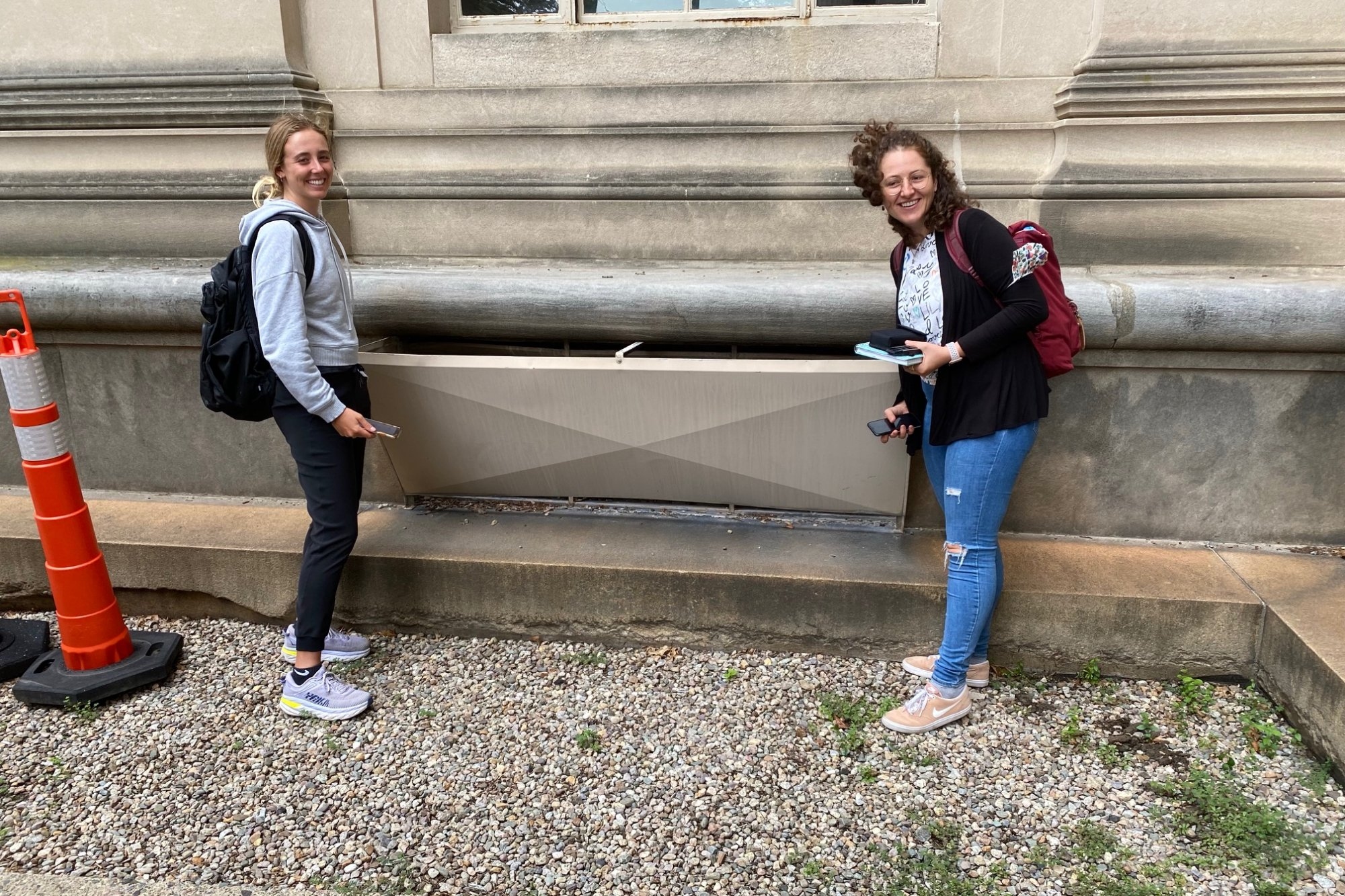Millions of Americans struggle to pay their water bills – here's how a national water aid program could work
Should the U.S. help low-income households afford water service, as it does with heating and groceries? Chile does. An economist explains how it works there and how it could work here.
Nov. 29, 2021 • ~10 min
Americans support climate change policies, especially those that give them incentives and clean up the energy supply
A set of studies found people prefer incentives to disincentives, especially for individuals but also for businesses. They have views on clean energy and efficiency, too.
Nov. 22, 2021 • ~7 min
We have reusable cups, bags and bottles: so why are our buildings still single use?
Embodied carbon - carbon produced during a building’s construction - urgently needs reducing, and reusing buildings could help.
Nov. 11, 2021 • ~7 min
We can't afford to just build greener. We must build less
One-tenth of global emissions result from the production and supply of building materials – and the construction process itself.
Nov. 10, 2021 • ~9 min
Cities and climate change: why low-rise buildings are the future – not skyscrapers
New research has found that low-rise urban environments are more space and carbon efficient than high-rise buildings which have a drastically higher carbon impact.
Oct. 27, 2021 • ~8 min
/
16




